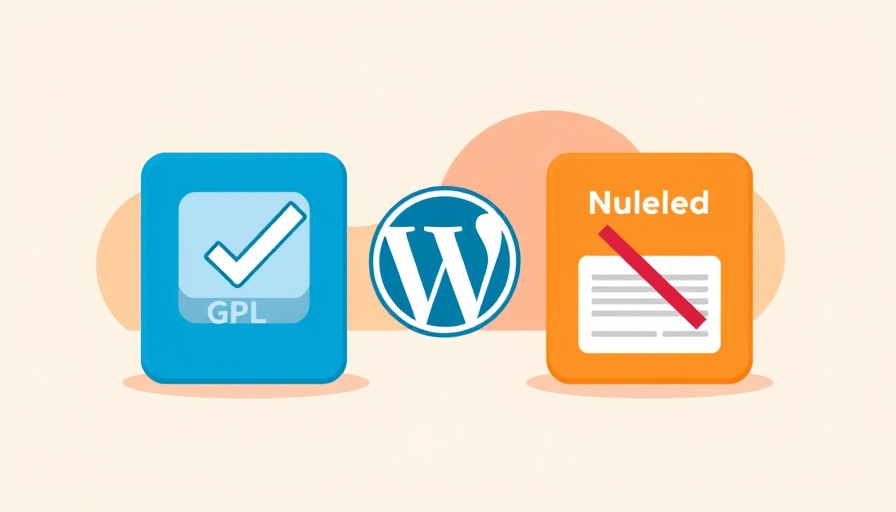
Unlocking Visual Storytelling: Craft Your Own Before and After Image Slider
In the world of digital marketing, visual content is king. Before and after image sliders have become a popular tool for businesses to showcase their products, services, or transformative results in a visually engaging manner. If you’re looking to incorporate this functionality into your WordPress site, creating a shortcode plugin can streamline the process. This article serves as a step-by-step guide tailored for professionals, business owners, and marketers eager to enhance their online presence.
Understanding the Basics: What is a Shortcode Plugin?
WordPress shortcodes are simple codes that allow users to insert complex elements without needing to write extensive HTML or PHP code. By creating a shortcode plugin for your before and after image slider, you can easily embed it anywhere on your site, saving time and improving efficiency in your content management process.
Prerequisites: What You'll Need
Before diving into plugin development, ensure you have the following:
- Basic knowledge of HTML, CSS, and PHP.
- A WordPress website where you can test and implement your plugin.
- A clear vision of how you want your slider to function, including image dimensions and transition effects.
Step-by-Step Guide: Building Your Shortcode Plugin
1. Setting Up Your Plugin
Start by creating a new folder in the /wp-content/plugins/ directory of your WordPress installation. Name it something relevant, such as "before-after-slider." Inside this folder, create a PHP file named "before-after-slider.php". At the top of this file, add the plugin header:
<?php
/*
Plugin Name: Before After Slider
Description: A simple before and after image slider shortcode.
Version: 1.0
Author: Your Name
*/2. Enqueuing Styles and Scripts
To ensure your slider looks great, enqueuing CSS and JavaScript files is essential. Add the following to your plugin file:
function bas_enqueue_scripts() { wp_enqueue_style('bas-style', plugins_url('css/style.css', __FILE__)); wp_enqueue_script('bas-script', plugins_url('js/script.js', __FILE__), array('jquery'), null, true);
}
add_action('wp_enqueue_scripts', 'bas_enqueue_scripts');3. Writing the Shortcode Function
Now it's time to write the function that generates the slider. This is where you will handle the HTML output:
function bas_slider_shortcode($atts) { $atts = shortcode_atts(array( 'before' => '', 'after' => '', ), $atts); return '<div class="slider-container"> <img src="' . esc_url($atts['before']) . '" alt="Before" class="before-img"> <img src="' . esc_url($atts['after']) . '" alt="After" class="after-img"> </div>';
}
add_shortcode('before_after_slider', 'bas_slider_shortcode');4. Implementing the Slider Logic
In the script.js file, add the logic for transitioning between the before and after images. You could use jQuery to smoothly transition the images on a click or hover event.
Advantages for Your Marketing Strategy
Utilizing a before and after slider on your website offers numerous benefits:
- Engagement: Interactive elements keep visitors on your site longer, improving their overall experience.
- Conversions: Visually displaying transformations can significantly enhance the perceived value of your offerings, driving conversions and sales.
Future Insights: The Role of Visual Content
As digital marketing evolves, the significance of high-quality visual content cannot be overstated. By leveraging tools such as before and after sliders, brands can effectively communicate their messages and connect with their audience on a deeper level.
Conclusion: Take Action Today!
Creating a shortcode plugin for a before and after image slider is a simple yet powerful way to enhance your WordPress site. With this guide, you're equipped to implement this feature, adding value to your digital marketing strategy. Don’t hesitate to experiment and innovate! Ready to boost your website’s visual appeal? Start building your slider today!
 Add Row
Add Row  Add
Add 




Write A Comment